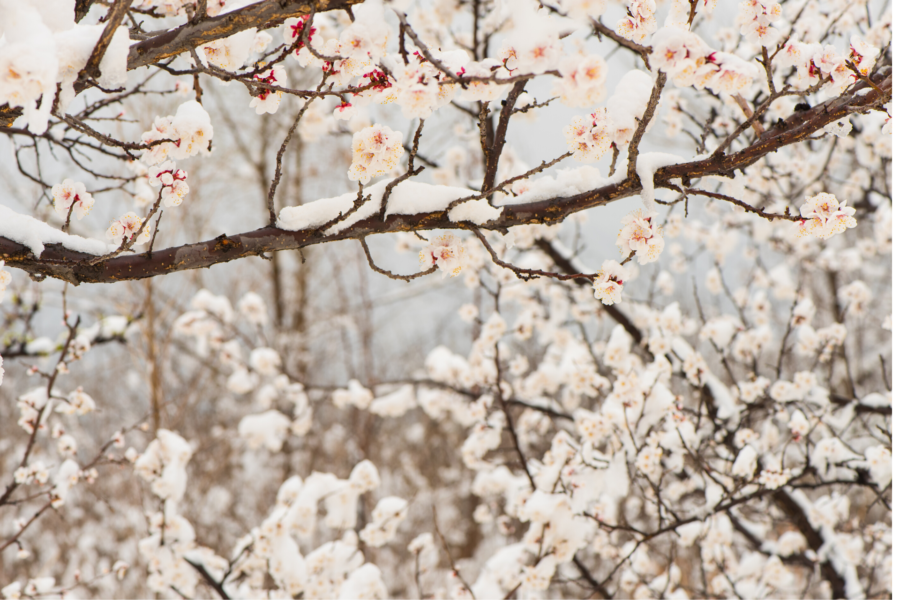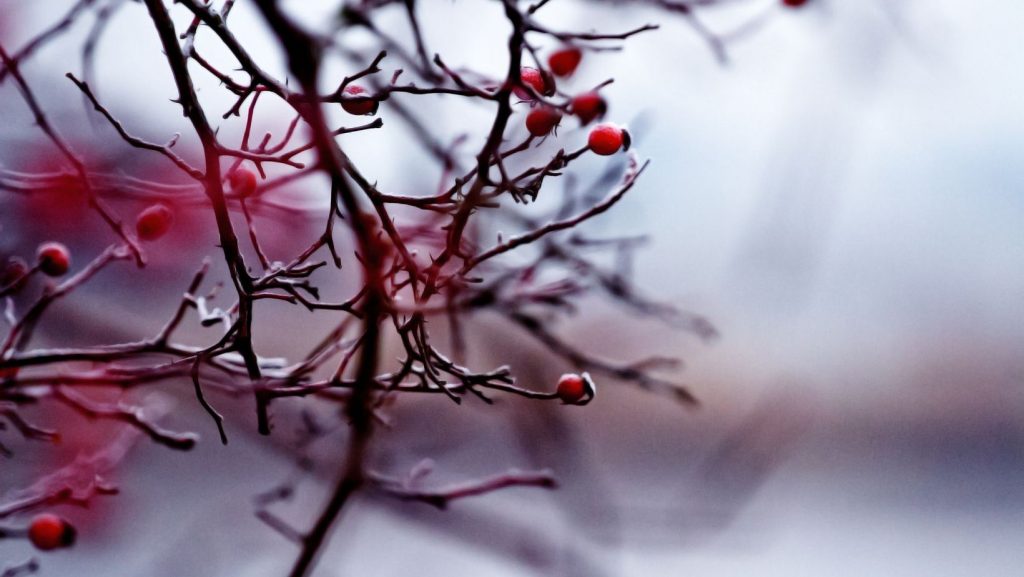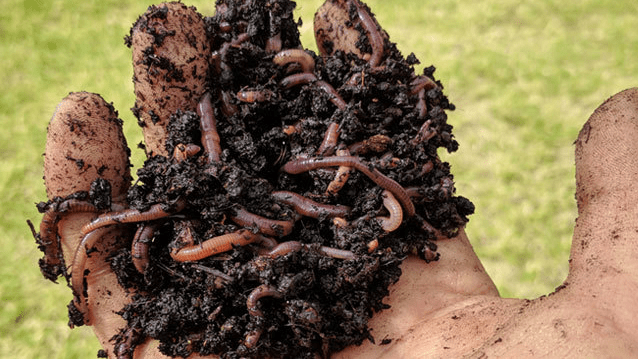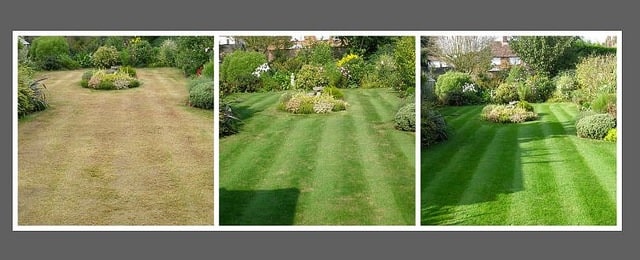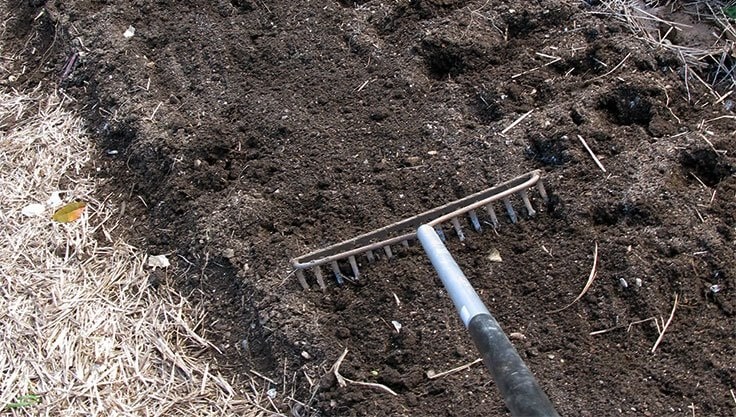Winter doesn’t have to mean a dull garden. With strategic plant choices and creative design, you can infuse vibrant hues and textures into your outdoor space even during the coldest months. Here’s how:
Contents
1. Embrace Bold Bark Colors
While winter bloomers steal some spotlight, tree and shrub barks offer striking, low-maintenance color:
- Willows: Versatile in shades from black and burgundy to golden-yellow and orange.
- Dogwood (Cornus): Features vibrant red, yellow, orange, or even purple stems.
- Birch: Crisp white bark adds a minimalist contrast.
- Ranunculus Shrubs: Evergreen varieties with bright green bark provide year-round freshness.
- Teasel (Dipsacus sativus): This architectural plant stands tall (up to 2m) with wintergreen, lance-shaped leaves in rich green-brown tones.
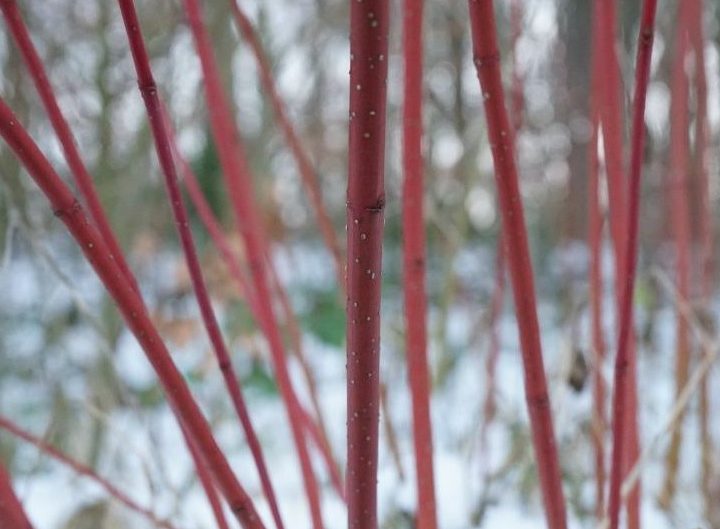
2. Winter-Blooming Plants: Defy the Cold with Flowers
Break up winter’s grayness with hardy bloomers that thrive in frosty conditions:
- Witch Hazel (Hamamelis): The “queen of winter,” boasting twisted yellow or red petals from November to February.
- Winter Viburnum (Viburnum x bodnantense): Fragrant pink-to-white blossoms appear as early as November on shrubs reaching 3m tall.
- Winter Jasmine (Jasminum nudiflorum): A Tirol favorite, its sunny yellow flowers climb walls and bloom from December onward.
- Winter Cherry (Prunus subhirtella): Delicate white or pink blossoms emerge in mild winters, growing as trees or shrubs up to 5m tall.
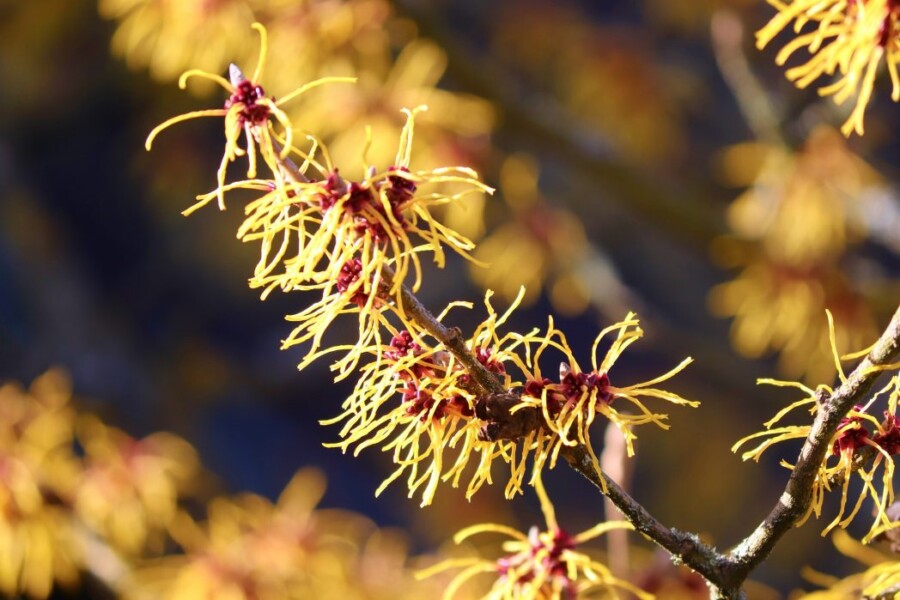
3. Celebrate Seedheads and Winter Structure
Perennials aren’t just summer stars—their dried seedheads add sculptural beauty:
- Decorative Seedheads: Leave spent blooms of coneflowers, mullein, and asters intact. Their geometric forms catch frost and sunlight, creating garden art.
- Indoor Decor: Cut seedheads for rustic winter bouquets or wreaths.
Pro Tip: Wait until early spring to prune dead foliage. This protects roots from frost and ensures healthy regrowth.
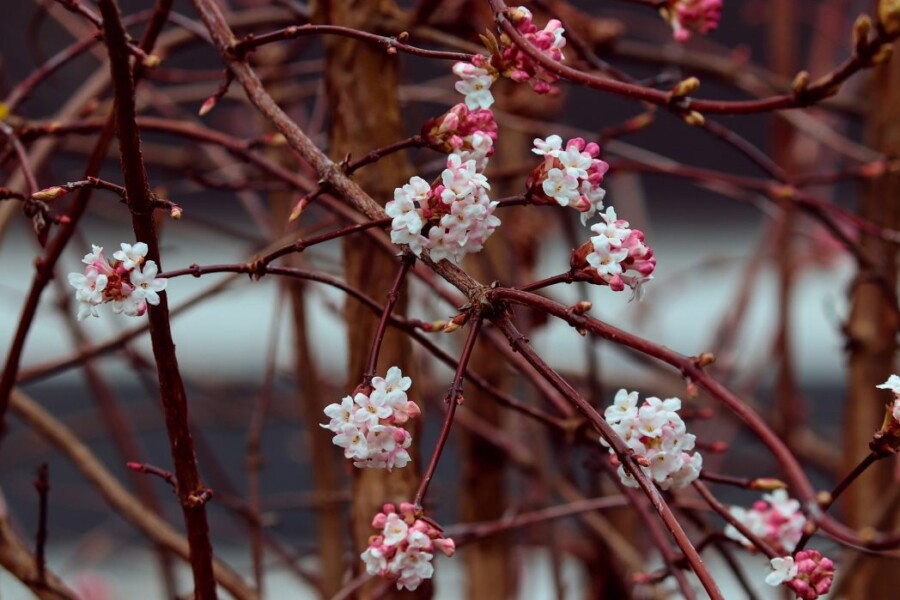
4. Evergreen Accents and Textures
Incorporate plants with year-round foliage for depth and contrast:
- Ornamental Grasses: Feather reed grass (Calamagrostis) or miscanthus sway gracefully in winter winds.
- Holly and Ivy: Glossy leaves and berries add classic festive charm.
- Heather (Erica): Winter-flowering varieties like Erica carnea bloom in shades of pink, white, and purple.
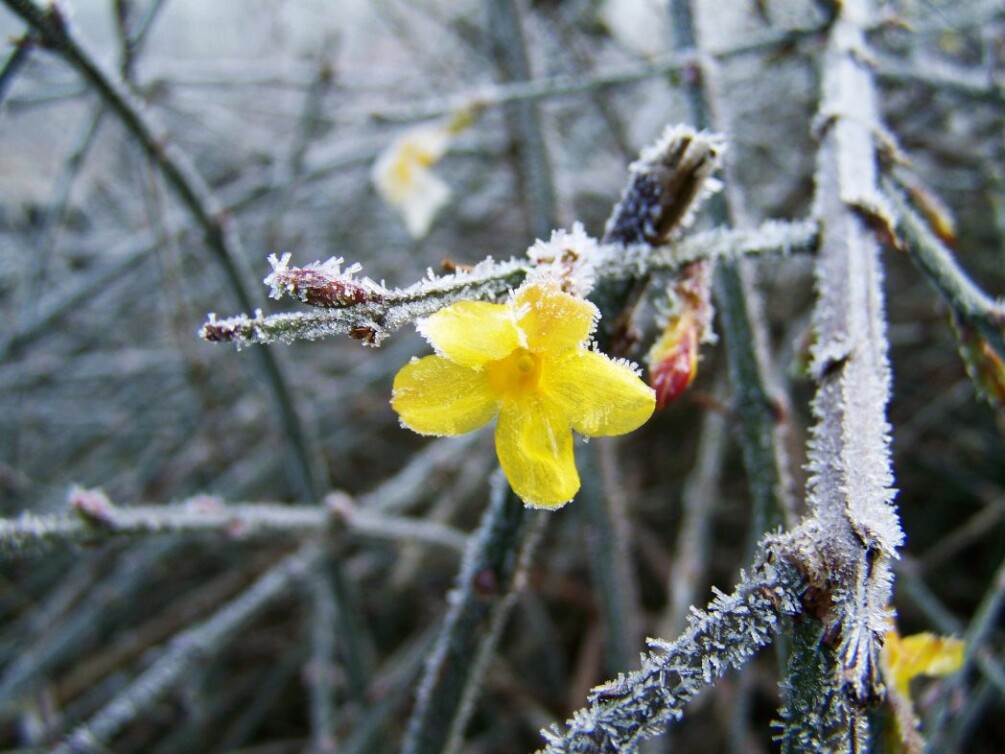
5. Creative Hardscaping and Decor
When plants take a break, hardscape elements shine:
- Painted Trellises or Pots: Use weather-resistant paints in bold hues like cobalt blue or terracotta.
- Winter Containers: Fill pots with evergreen branches, red twig dogwood, and pinecones.
- Lighting: String fairy lights or install solar lanterns to highlight textures after dark.
By blending colorful bark, resilient blooms, and thoughtful design, your winter garden can transform into a dynamic, eye-catching retreat. When spring arrives, you’ll already have a head start on beauty!
